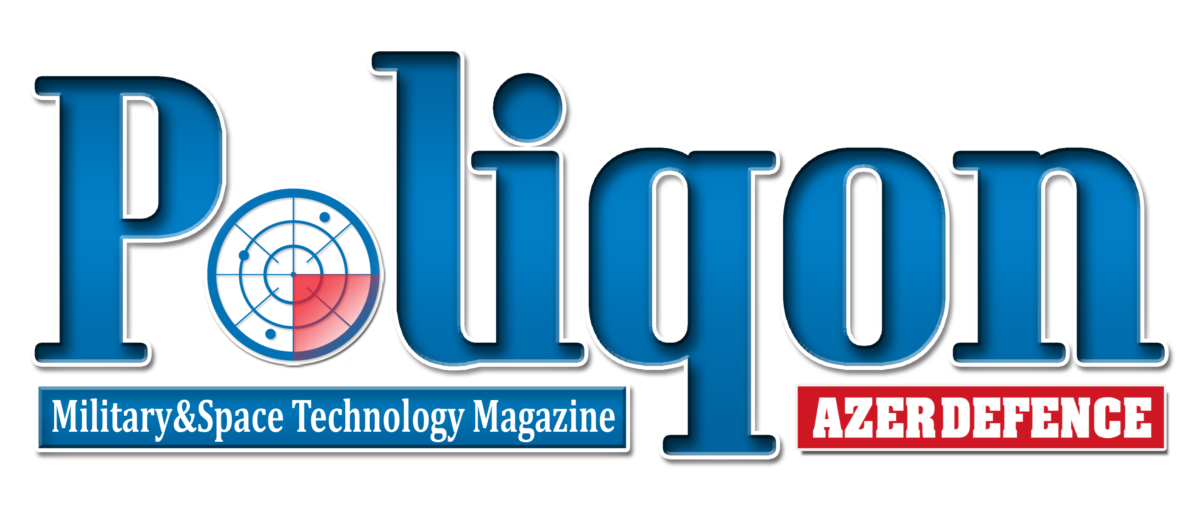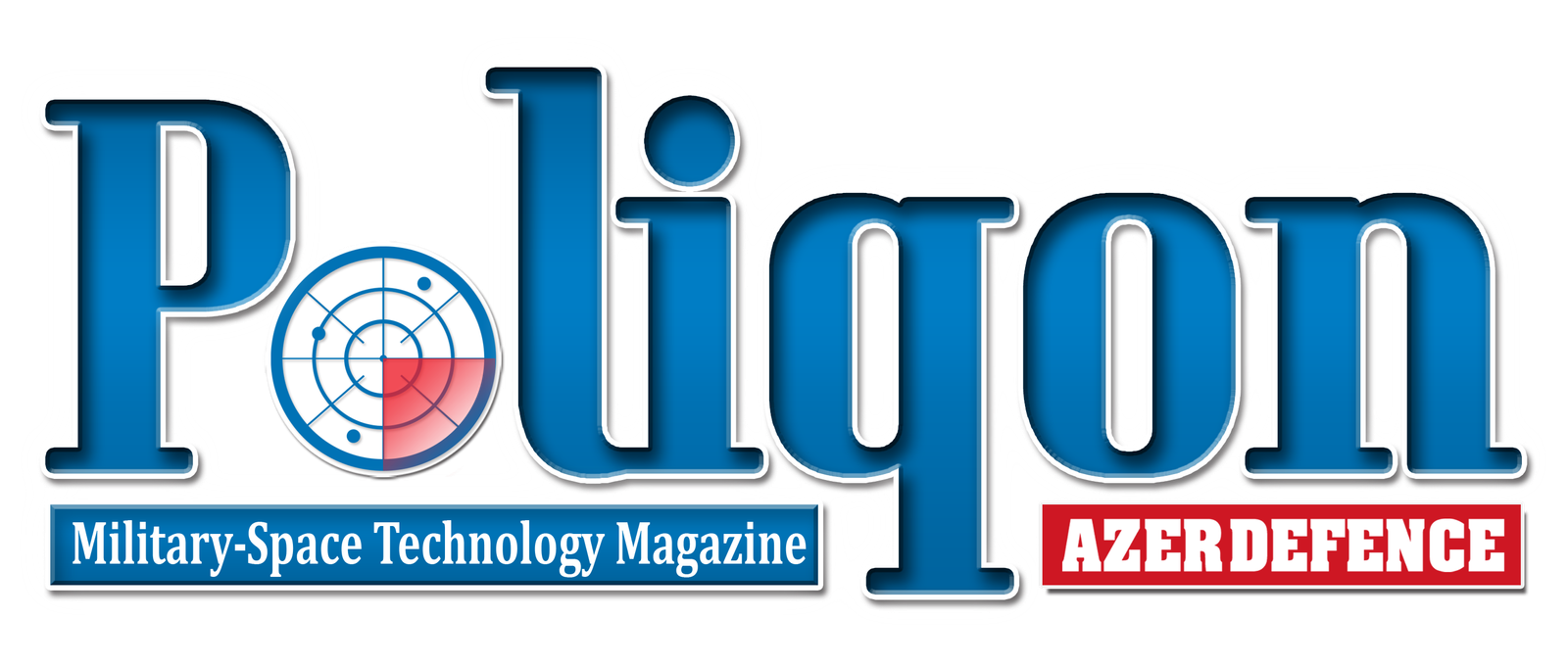
U.S. Army Buys Kamikaze Drones in Nearly $1 Billion Contract
The Pentagon announced that Maryland-based defense contractor Mistral Inc. has been awarded a $982 million contract to supply lethal unmanned systems to the U.S. Army.
According to the Department of War, Mistral Inc., headquartered in Bethesda, was awarded the hybrid cost-no-fee and firm-fixed-price contract to “provide Lethal Unmanned Systems.” Work locations and funding will be determined with each individual order, and the contract’s estimated completion date is September 29, 2030.
The Army Contracting Command at Aberdeen Proving Ground, Maryland, is the contracting authority under contract number W91CRB-25-D-A009. The award was made on a sole-source basis under Federal Acquisition Regulations 6.302-7, citing “Public Interest” as the justification.
While the Pentagon did not disclose specific system details, Mistral is known as the exclusive U.S. representative and strategic partner of Israel’s UVision, a company specializing in loitering munition technology. UVision’s HERO family of systems is among the leading solutions in this field, capable of hovering over a target area for extended periods before executing a precision strike.
The deal represents a major new chapter for UVision in the U.S. market, as Mistral’s role as prime contractor provides a direct channel for supplying HERO-series loitering munitions to American forces. These systems have been increasingly sought after in recent years for their ability to deliver highly accurate strikes with reduced collateral damage, combining elements of drones, guided munitions, and reconnaissance platforms into a single capability.
Loitering munitions — sometimes referred to as “kamikaze drones” — are designed to bridge the gap between traditional artillery and precision-guided missiles. They are launched toward a target area, where they can circle or loiter while providing real-time surveillance. Once a target is confirmed, the munition dives toward it and detonates on impact.
Such systems have drawn growing attention in recent conflicts for their operational effectiveness against high-value targets, air defense assets, armored vehicles, and enemy command posts. Their relatively low cost and autonomous capability make them attractive options for both conventional and asymmetric warfare.
Mistral and UVision have promoted the HERO family as scalable and flexible, with variants designed for use by infantry, special operations units, and larger platforms such as vehicles or naval vessels. Their precision and loitering capabilities provide commanders with extended decision windows and reduce the need for heavier, more expensive strike assets.


